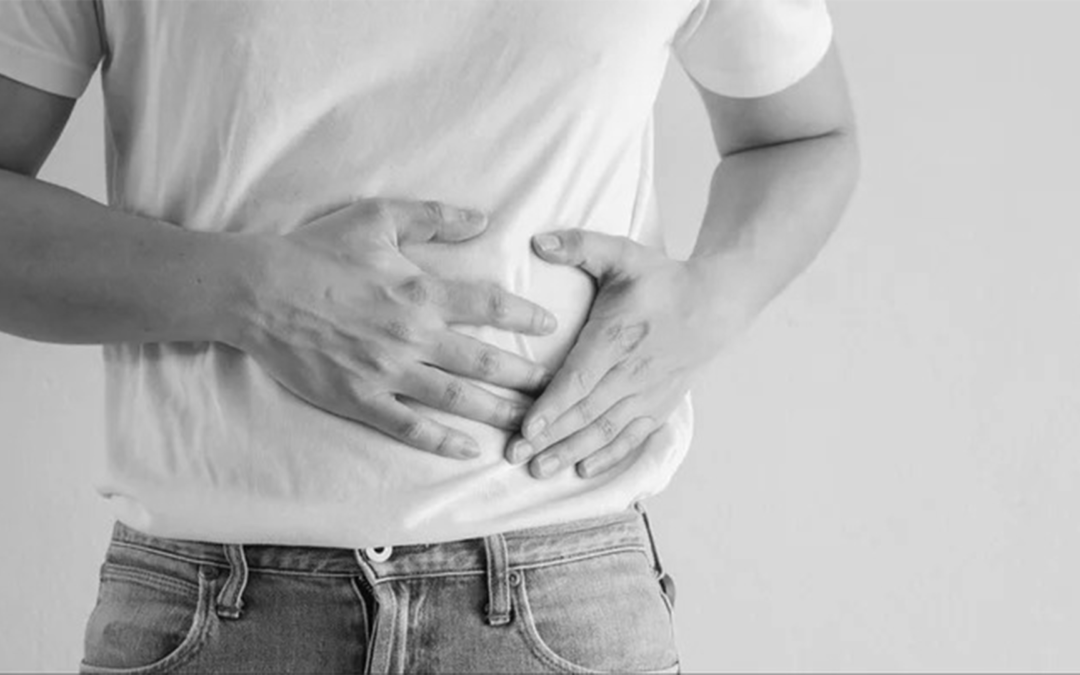When daily temperatures fluctuate as the seasons change, people are more likely to get colds and have physical problems.
If you experience these symptoms together with abrupt side discomfort, doctors may assume you have “pyelonephritis,” or a kidney infection that requires immediate treatment.
Pyelonephritis is a bacterial-caused inflammation of the kidneys. It indicates that the upper urinary system is contaminated, such as the kidneys or renal pelvis.
Lower urinary tract infections are infections of the bladder or urethra.
Women are more likely than males to get pyelonephritis.
According to the Health Insurance Review and Assessment Service (HIRA), the number of pyelonephritis patients in 2022 was significantly greater in women than males in all age categories except those aged 0-9.
A bacterial infection, such as Escherichia coli, causes pyelonephritis. The majority of infections arise when germs migrate from the bladder to the kidneys, while the kidneys are occasionally infected through the circulation.
According to the most recent health data, the majority of female pyelonephritis patients were between the ages of 40 and 60. Women are more prone than males to get cystitis, generally known as a bladder infection. This is because the distance between the bladder and the skin in women is very small, allowing germs from the skin to quickly enter the bladder.
Symptoms
Kidney infections include symptoms that are comparable to a cold. Muscle discomfort, body pains, chills, fever, and intense pain that begins in the upper back and travels to the side are common symptoms. During urinating, there may be discomfort or a sensation of leftover pee. Urethritis and cystitis are frequently associated with hematuria, or blood in the urine.
Diagnosis
A urine test, urine culture test, and blood test are used to diagnose pyelonephritis. Blood tests are used to assess kidney function. If pyelonephritis recurs, the underlying cause should be determined using ultrasonography and cystourethrography.
Treatment
Pyelonephritis therapy often takes one to two weeks. Patients with pyelonephritis should take antibiotics that are effective against the causing germs, and even if their symptoms improve, they must continue to take the medication for an extended length of time. They should also get enough of rest and consume lots of water.
Depending on the symptoms, either oral antibiotics or hospitalization with intravenous antibiotics may be suggested. If the patient is unable to take the medication owing to difficulty digesting it or is experiencing severe symptoms throughout the body, the patient should be hospitalized.
“Most pyelonephritis infections are caused by bacteria, and 85 percent of the causative bacteria are Escherichia coli,” stated Kim Kyung-jong, chief of Seran Hospital’s Urology Department. “It is common in young women with no distinctive anatomical or functional problems and can be induced by urinary system surgery.”
He went on to suggest that because women have a shorter urethra than males, they are more susceptible to cystitis and chronic pyelonephritis.
“Be cautious not to confuse it with a cold or menstruation pains, and maintain a healthy lifestyle, such as drinking enough of water,” he said.

Erin Balsa is a highly skilled and knowledgeable health journalist with a passion for educating the public on important health and wellness topics. With extensive experience in both traditional and digital media, Erin has established herself as a trusted voice in the field.

